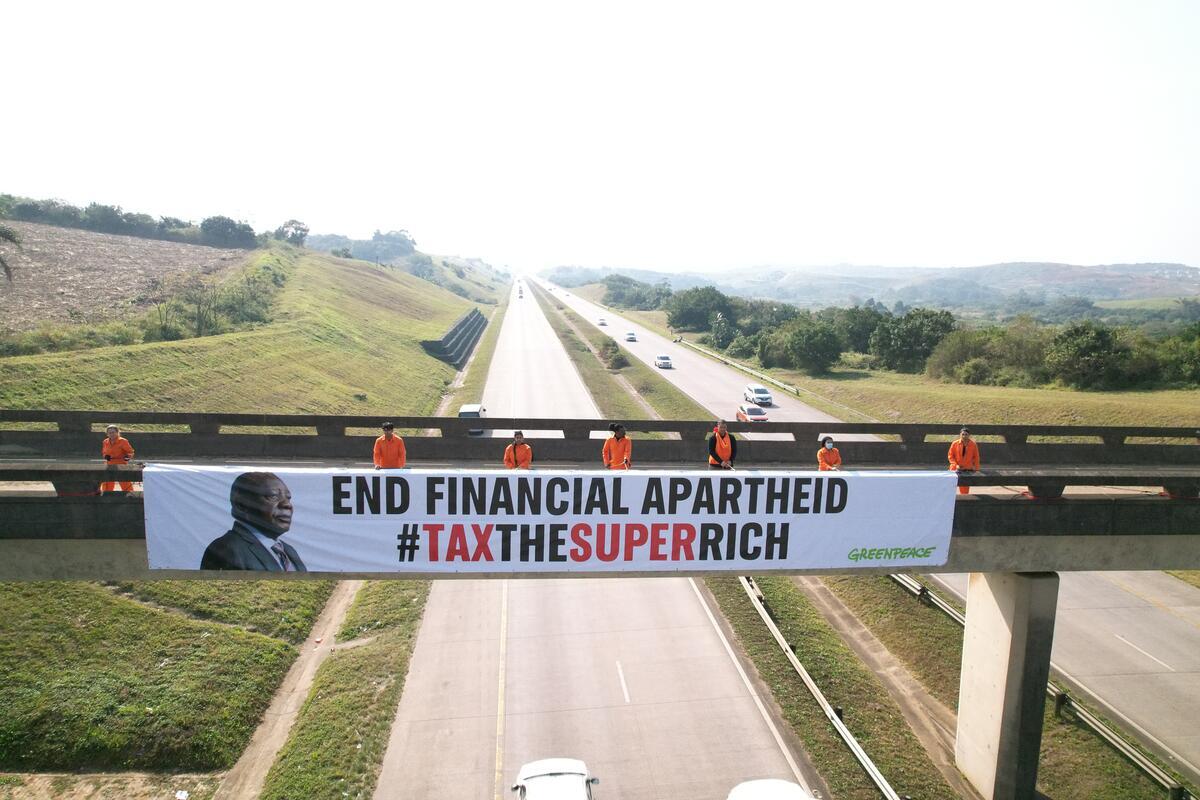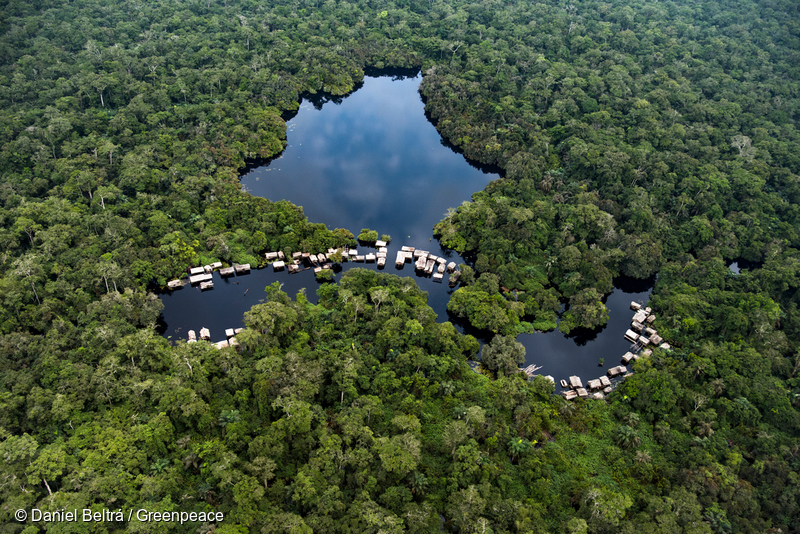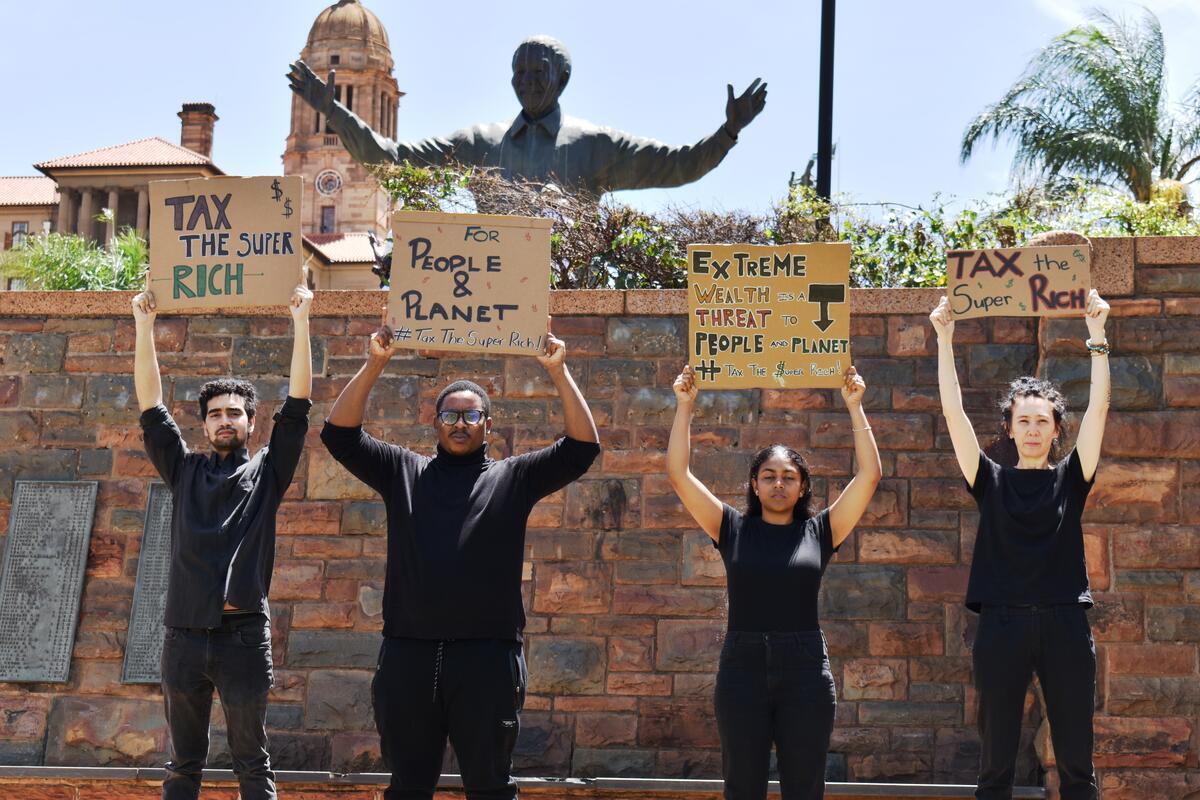Our personal histories are often attached to historical moments of shock. From wildfires to acts of terror, we all remember where we were and what we were doing when we heard the news. For the people of Mauritius, August 6th, 2020 carried a trauma that will reverberate for decades to come as oil began to seep from the wrecked MV Wakashio into the Indian Ocean.
Mauritius is known to most people as a holiday destination because of its gorgeous beaches, volcanic rocks, its fragile ecosystems of mangrove forests, coral atolls islets, underwater coral reefs, seagrass, and historic forts. With COVID-19 raging around the world, 2020 didn’t start out as tranquilly for Mauritians. Tourism is a key sector in the economy and its collapse left people vulnerable and uncertain. At the very least, when the island nation locked down its borders, there were hardly any infections.
Six months later, on the 26th of July, the Japanese vessel MV Wakashio, transiting too close to the island, crashed into one of the most fragile coral reefs near the island. Two weeks later it began leaking its fuel – a new form of a highly toxic heavy oil which was later to be identified as the first spill of this type of oil in the world. Before the leak was stopped, around 1000 tonnes of the oil had seeped from the ship, severely contaminating the shoreline and lagoons in what became the worst environmental disaster that the country has ever known.
Tens of thousands of people, including local fishing communities and volunteers were exposed to the toxic components of the oil spill, infiltrating the food system and degrading the island’s attractiveness for tourism. Whether the subsequent strandings and tragic deaths of over 50 whales and dolphins were also a result of the oil spill remains under investigation.
A huge amount of secrecy surrounded the collection of the dead animals and the full results of the autopsies have yet to be released to the public. In fact, the government, the corporations and the international organisations involved have withheld crucial information from the public every step of the way throughout this calamity.
We also must not forget the four mariners who died in the subsequent salvage operations, while towing a barge carrying oil from the wreck.
Six months after the spill, there are still no guarantees for the recovery of Mauritius’ people or its nature. To help ensure this catastrophe won’t ever happen again, we must learn from this, as well as from previous oil spills.
Lessons from the the oil leak
The first failure was most clearly of the Japanese company Mitsui OSK Lines (MoL), one of the world’s largest shipping companies. MV Wakashio, a large capesize bulk carrier, was operated by MoL. It sailed from China towards Brazil. After the oil spill, the company rushed to publish an apology letter, but that did not curb the public outrage that ensued both in Mauritius and in Japan, nor did the apology remove the damage. Mauritius has seen some of the largest protests in its history and in Japan tens of thousands signed petitions demanding MoL and Nagashiki take responsibility, make funds available for the people of Mauritius and break away completely from fossil fuels. Greenpeace Japan continues to engage with the company over these demands.
The second failure during the catastrophe was the response by the government of Mauritius. Not only did the government handle this crisis without providing any information to the public, but it has also not done anything to prevent the next oil spill from happening.
The Government should create a Particularly Sensitive Sea Area (PSSA) through the International Maritime Organisation (IMO). A PSSA would enable an Area to be Avoided by shipping to be established which would permanently keep ships on a safer route away from the island. Such protected areas are vitally important to enable us to preserve biodiversity hotspots around the world. They should be an integral part of talks leading to the protection of 30% of the planet’s oceans by 2030, taking place this year under the umbrella of the UN Environment Programme. The sluggish efforts of the Mauritius government have been shameful. Without full transparency there can be no accountability.
The Mauritius coastline is vulnerable to damage by international maritime activities and it is a risk that must not be tolerated given their ecological, socio-economic and scientific significance. It is clear that the Mauritius government must take action. We delivered a paper demanding the government take action. This was even suggested by the IMO itself, recognising the need for greater protection. Yet the government remains silent about what has happened since the MV Wakashio ran aground and about its plans to ensure such an oil spill never happens again.
The third lesson applies to the entire shipping industry and to governments across the world. While shipped goods are an integral part of modern life and the global trade system, the shipping sector is significant for the climate crisis remains entirely out of touch with contemporary political, social and ecological priorities.
Unlike other branches of the economy, shipping quietly excluded itself from the Paris Agreement in 2015. That is not because there are no solutions to transition towards renewable energy – that rapidly can and must be done in every part of the economy. The shipping industry has simply been let off the hook for too long. As Mauritian development economist Nishan Degnarain writes in Forbes: “shipping remains one of the most dangerous industries in the world – not because of the conditions of the ocean – but the conduct of the regulators and operators.”



